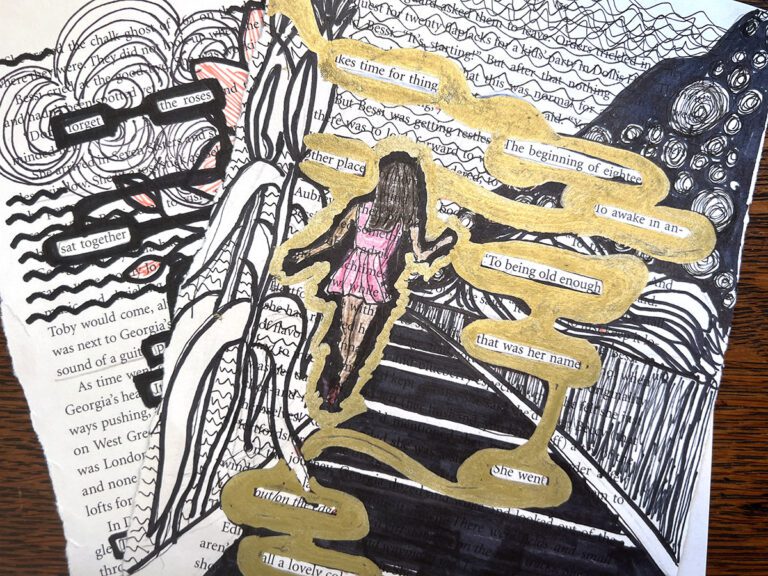As art teachers, we are often challenged by our students when they are confronted by modern art. “My little sister could do that!” they exclaim. It’s up to us to defend the entire history of art. Here are five responses that are sure to work.
Response #1: Ask Students, “What is This Work of Art About?”
Art, as most people understand it is purely representational. There is a misconception that the better an artist can accurately recreate a recognizable image, the better the art. Likewise, if an artist is creating a portrait and it looks nothing like the person, the artist has failed. However, the world of modern art opens our eyes to the understanding that art can be so much more than recreation. Art can be about how paint is applied, about an element like line or color, about a principle like repetition or unity, or it could be against all that is art like Dadaism. Ask the student, “If the art isn’t representational, then what do you think this work is about?”
Response #2: Have Students Ponder, “Why Didn’t I Think of That?”
A few years ago everyone was going crazy over Silly Bandz, the rubber bands shaped like animals that could be worn as bracelets. It was the simplest of ideas yet everyone wanted one. How many people thought, “Why didn’t I think of that?” Sometimes artists are working towards breaking past how the public views art. They are looking for an idea that has not been explored, or at least not in a particular way. Like Silly Bandz, new ideas in art can be very simplistic in execution but complex in concept.
Response #3: Dive Into a Discussion of the Evolution of Art
Imagine for a moment that you are a robot and you are gathering information about the human species. Since you were built, you have no understanding that people start as babies and grow into adults. If at this point in your cybernetic life you were asked about people, you would respond, “I don’t get where people come from.” Without understanding the concept of growth, it would be impossible to explain. Understanding modern art is very similar. Artists look at what previous artists did before and build on their ideas. The Impressionist inspired the Post Impressionists, which in turn inspired Abstract Expressionism. Understanding the evolution of art helps us understand art.
Response #4: Liken it to a Math Problem
If you remember high school algebra, you can solve complex math problems. On the other hand, if you are like me, an algebraic equation looks like a jumbled series of numbers and letters. If I didn’t know better, I would say that a complex math equation is simply a string of nonsense.
To some, a work of modern art may look the way an algebraic equations looks to me, a string of letters and numbers that makes no sense. However, when one understands that the artist had a purpose and method behind the creation of the art, one comes to realize that it is not gibberish but the equivalent of the solution to a great math equation.
Response #5: Remind Students, “It Might Be Harder Than You Think.”
Pablo Picasso is quoted as saying, “It took me four years to paint like Raphael, but a lifetime to paint like a child.” Children paint with a certain innocence that is difficult to replicate. Advertisements often display art supposedly created by children. However, anyone who is familiar with children’s art can easily recognize that these works are created by adults pretending to paint like kids. Sometimes a work of modern art looks deceptively simplistic when, in reality, it may have taken a lifetime to learn to do.
So, what’s your answer to the statement, “My kid could do that!?”
Are there any artists you secretly feel that way about? Why?
Magazine articles and podcasts are opinions of professional education contributors and do not necessarily represent the position of the Art of Education University (AOEU) or its academic offerings. Contributors use terms in the way they are most often talked about in the scope of their educational experiences.





